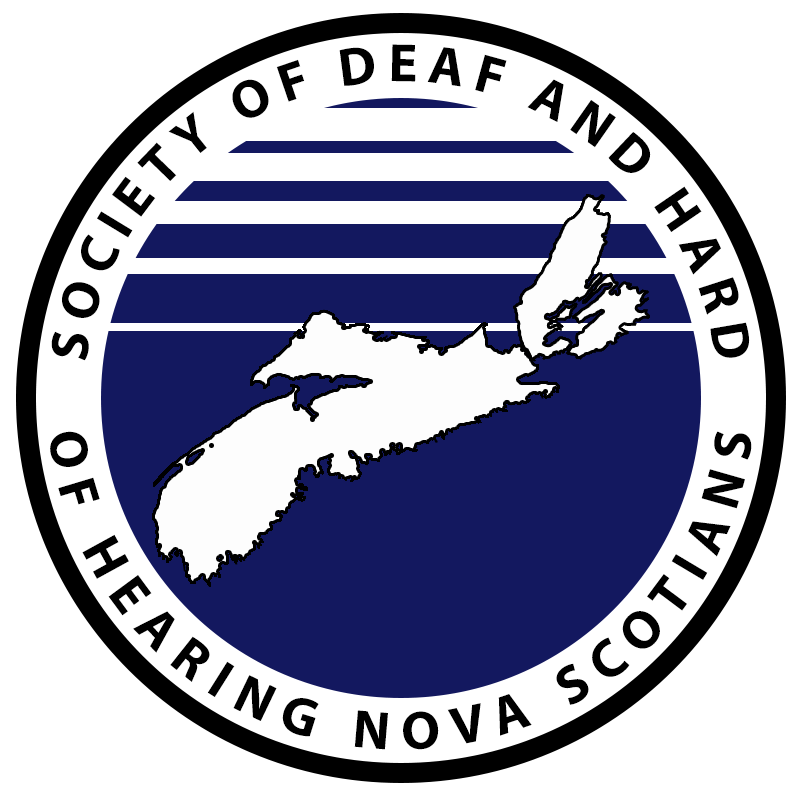American Sign Language
Background
In Canada, there are two commonly used sign languages: American Sign Language (ASL) which is used in Anglophone communities and Langue des Signes Québécoise (LSQ) which is used in Francophone communities.
Sign languages used in Canada and throughout the world are specific to their communities and are therefore not universal or necessarily mutually intelligible. ASL is considered the first language or mother tongue of many Deaf people in Canada and the United States. It is through ASL that the Deaf community communicates and shares experiences, stories, poetry, humour, etc. In addition to Deaf users of ASL, many others may use ASL as a second or additional language. Often, these individuals are affiliated in some way with those in the Deaf community, for example, hearing people who have Deaf family members, relatives, or friends or people who work with or provide services to Deaf people, such as teachers, employers, and others.
For many Deaf people, ASL is essential for effective daily communication and interactions, but ASL is also an important second or additional language. Today, more and more Canadians are recognizing the value of ASL as a second or third language. They recognize the benefits of developing fluency in ASL and an appreciation of Deaf culture. By learning ASL, hearing students are able to communicate with their Deaf peers and enable their participation in the local and extended Deaf community. Skilled ASL first and additional language communicators may find career opportunities that involve working with Deaf people and others. In addition, expanding the number of ASL additional language speakers contributes to building a more inclusive society and remove barriers as Deaf people come to have a wider circle of colleagues and citizens to converse and interact with directly.
While it is difficult to accurately estimate the number of people who are fluent in ASL, we know that it is it is an important minority language in North America. It is often estimated that there are approximately 500,000 persons in Canada and the U.S. that know and use ASL. In Canada, Statistics Canada reports that according to the 2006 Census 8,995 persons reported a sign language as being their mother tongue or one of their mother tongues, as provided below.
| American Sign Language | 2,485 |
| Quebec Sign Language | 730 |
| Sign languages, not included elsewhere | 5,780 |
In addition, Statistics Canada reports that according to the 2006 Census 43,090 persons reported knowledge of a sign language, as provided below.
| American Sign-Language | 11,110 |
| Quebec Sign Language | 730 |
| Sign languages, not included elsewhere | 5,780 |
The Characteristics of American Sign Language
American Sign Language is a complete visual-gestural language with its own grammar, vocabulary, and syntax. Like other signed languages, it uses the hands, the body, and facial expressions (including mouth movements) to express meaning and the eyes to perceive meaning. Face-to-face interaction is particularly important in ASL because it has no written form. There are, however, notation systems that are used for recording signs on paper. ASL is separate from English, and is distinct from other signed languages. An example of the distinctiveness of signed languages from each other and from the surrounding spoken language(s) is that, although English is the shared spoken language of the U.S., Canada, and Britain, signers of ASL do not understand signers of British Sign Language (BSL).
